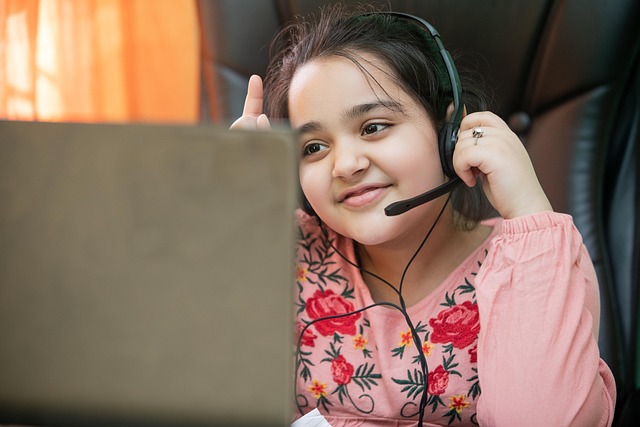Online Education Services vs Traditional Learning: A Comprehensive Analysis
The debate between online education services and traditional learning continues to ignite discussion among educators, students, and parents. This article aims to provide a comprehensive analysis of the strengths and weaknesses of both educational models. By examining factors such as cost, access, and pedagogical effectiveness, readers will gain insights that empower them to choose the right educational path.
Cost Comparison of Online Education Services and Traditional Learning
One significant area of interest when comparing online education services to traditional learning is the cost involved. Online education typically offers lower tuition fees and reduced costs related to commuting and physical materials. This accessibility widens the opportunity for many students who may have found traditional institutions financially prohibitive. However, traditional educational models often provide resources and facilities that online platforms may not, potentially leading to hidden costs associated with self-directed learning. This financial analysis reveals the complexities behind choosing either educational approach, highlighting that while online services may seem cheaper, the overall cost of education can vary significantly based on individual learner needs.
Accessibility and Flexibility in Learning
Online education services triumph in terms of accessibility and flexibility compared to traditional learning. These services allow students to learn from anywhere at any time, accommodating various learning styles and personal schedules. For instance, busy professionals or parents can pursue their degrees without the constraints of a rigid classroom schedule. In contrast, traditional learning often requires attendance at specific times and locations, which can pose challenges for many. Moreover, online platforms cater to diverse learner populations, guiding them through educational journeys that traditional institutions may not accommodate effectively. This adaptability is a strong argument in favor of online education services, particularly in today's fast-paced world.
Pedagogical Approaches: Online vs. Traditional
The pedagogical differences between online education services and traditional learning environments also warrant careful examination. Traditional classrooms benefit from direct interaction with instructors and peers, promoting immediate feedback and collaborative learning. However, online education services utilize a variety of innovative teaching methods, including interactive multimedia, discussions, and peer collaborations across geographical boundaries. This diversity fosters a rich learning environment that encourages self-motivation and student-directed exploration. The effectiveness of these approaches largely depends on individual learner preferences and goals; thus, exploring both can yield valuable insights into effective education.
The Role of Technology in Online Education Services
Technology drives much of the appeal behind online education services, serving as both a learning tool and a means of engagement. Advances in technology make it possible for online platforms to provide immersive experiences that enhance understanding and engagement. However, traditional learning models incorporate technology as well, such as using smartboards or educational software to complement in-person instruction. The challenge lies in maintaining learner engagement through virtual interactions, with online education services requiring more creativity and strategy to sustain interest. Therefore, the ongoing evolution of technology within both models presents opportunities for enhancing learning experiences in complementary ways.
Social Interaction and Community Building
A critical factor for many students is the social aspect of learning—something that online education services must address diligently. While traditional classrooms facilitate spontaneous interactions and networking opportunities, online platforms often rely on structured discussions and scheduled meet-ups. To effectively mimic classroom dynamics, providers of online education services implement virtual community-building initiatives, fostering connection and camaraderie among learners. This social capital is essential for motivating and engaging students within online environments. Ultimately, creating a sense of community remains a substantial task for online education services aiming to replicate the vibrant social culture of traditional learning.
Conclusion: Choosing Your Path in Education
In conclusion, while online education services and traditional learning both present unique advantages and challenges, the choice between them should align with personal goals and circumstances. Understanding the intricacies of each model allows students to make informed decisions that best suit their educational needs. As technology evolves and society's expectations around education shift, integrative approaches that blend both online and traditional methods may emerge as the most effective solution. Enabling learners to harness the strengths of both models will represent the future of education, maximizing opportunities and fostering lifelong learning.
